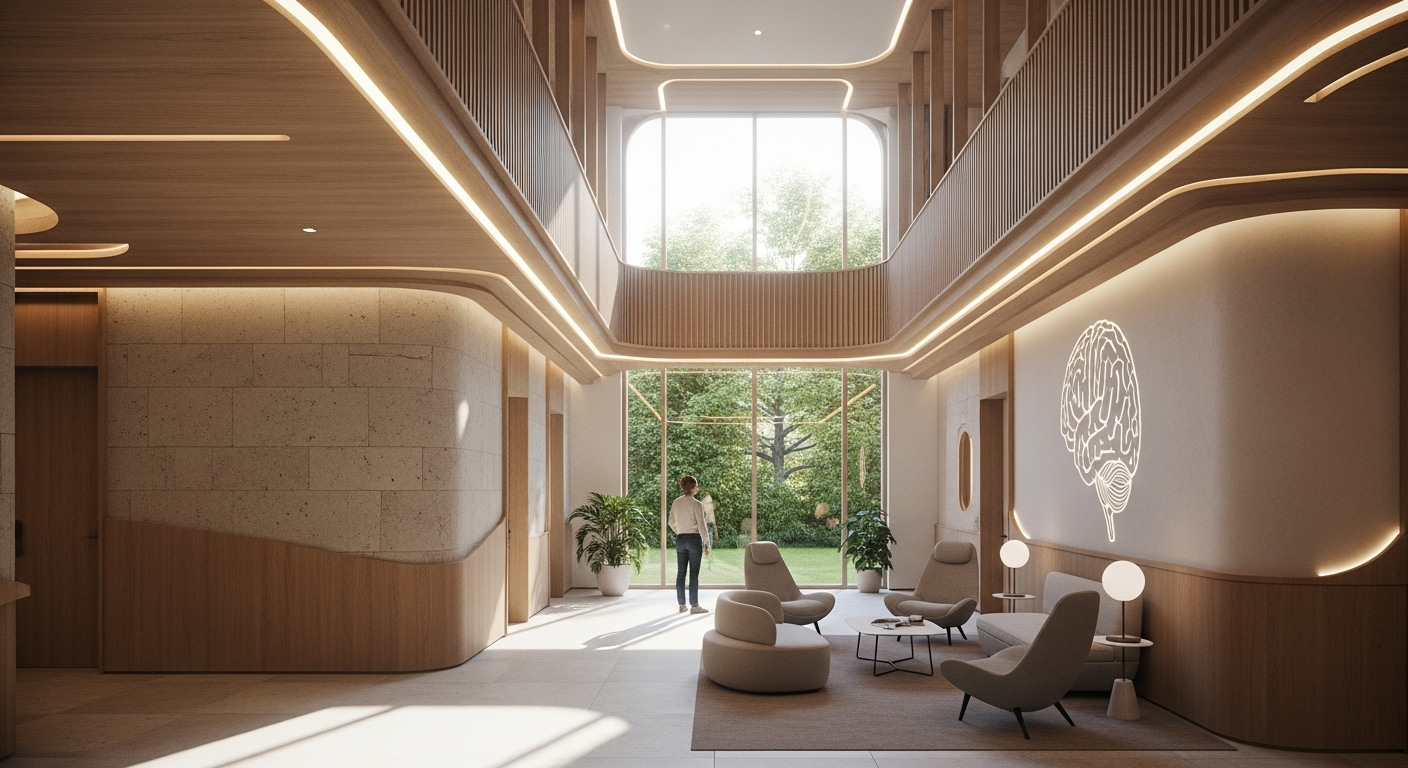Natural elements and plant choices that support indoor air and calm
Integrating natural elements and thoughtful plant choices can transform a bedroom into a restorative space. By combining appropriate lighting, layout, textiles, ventilation, and materials with manageable maintenance and smart controls, you can support better air quality and a calming ambience. This piece outlines practical strategies that balance biophilia, privacy, acoustic comfort, and everyday upkeep.

Designing a restful indoor environment begins with balancing sensory comfort and air quality. Natural elements—wood accents, breathable textiles, and living plants—contribute to a calmer atmosphere by moderating light, humidity, and visual clutter. Thoughtful choices around lighting, layout, storage, and decluttering help maintain clear sightlines and a sense of order, while materials and careful maintenance sustain air quality and temperature stability over time. This article outlines practical approaches that combine aesthetics and function without making unverified health claims.
This article is for informational purposes only and should not be considered medical advice. Please consult a qualified healthcare professional for personalized guidance and treatment.
Lighting and layout
Good lighting and a considered layout set the stage for calm. Layered lighting—a mix of ambient, task, and accent sources—lets you control ambience for reading, rest, or wakefulness. Position beds and seating to avoid glare and to protect privacy; use translucent curtains or adjustable blinds to filter daylight without eliminating natural light. Smart controls can automate circadian-friendly light schedules, dimming in the evening and brightening in the morning to support sleep-wake rhythms.
A well-planned layout also supports circulation, decluttering, and ease of cleaning. Keep pathways clear and designate zones for sleeping, dressing, and storage. This reduces visual stress, improves perceived privacy, and makes routine maintenance easier, which in turn helps preserve air quality and steady temperature throughout the room.
Textiles and materials
Choosing textiles and materials affects both comfort and indoor air. Breathable natural fabrics such as cotton and linen promote airflow next to the body, while wool and layered throws add insulating warmth for cooler nights. Low-emission materials and finishes reduce the likelihood of strong chemical odors; look for furniture and bedding described as low-VOC where available.
Rugs, curtains, and upholstered furniture contribute to acoustics as well as texture. Opt for washable or easy-to-clean textiles to simplify maintenance and reduce dust accumulation. Proper storage of off-season textiles in breathable containers prevents mildew and helps maintain overall air quality.
Ventilation and air quality
Ventilation is central to managing indoor air. Regularly airing the room—when outdoor conditions allow—helps dilute indoor pollutants and refresh humidity levels. Where natural ventilation is limited, mechanical solutions such as an energy-recovery ventilator or a well-maintained HVAC system can improve airflow; filter maintenance is essential to sustain performance.
Temperature control interacts with ventilation: cooler, stable temperatures often feel more restful, while excessive humidity can make a space feel stuffy. Combining passive strategies (window cross-ventilation, shading) with active controls supports both comfort and air quality without excessive energy use.
Biophilia and plant choices
Bringing plants into the bedroom supports a stronger connection to nature and can improve perceived ambience. Many people find that greenery reduces stress and adds a calming focal point. Choose species suited to your light and care capacity: robust, low-maintenance specimens like snake plants or ZZ plants work well for low-light rooms, while pothos and philodendrons tolerate a range of conditions.
Plant placement matters: groupings on a windowsill or a bedside table create visual interest without crowding circulation paths. Use well-draining soil and routine maintenance—pruning, removing fallen leaves, and avoiding overwatering—to prevent mold or pest issues that could affect air quality.
Acoustics, ambience and privacy
Acoustic comfort contributes strongly to calm. Soft textiles, bookcases, and rugs absorb sound and reduce echoes, while well-placed furniture can buffer noise from adjacent rooms. Consider privacy when arranging the layout: screens, curtains, or a headboard-backed bed can create a private niche within a larger space without sacrificing light.
Ambient elements—such as a small water feature, a quiet fan, or a white-noise machine—can mask disruptive sounds and support sleep. Keep devices that may emit odors, dust, or fumes outside the sleeping area to protect air quality and maintain a neutral sensory palette.
Maintenance, smart controls and ongoing care
Ongoing care is key to sustaining both calm and air quality. Regular dusting, vacuuming with a HEPA-capable cleaner, and washing bedding reduce allergens and dust buildup. Inspect plants and pots for stagnant water, and clean vents and filters on a schedule that matches manufacturer guidance. Decluttering routines simplify cleaning and improve storage use.
Smart controls—programmable thermostats, humidistats, and automated ventilation—can simplify maintenance by maintaining steady temperature and humidity, minimizing manual adjustments. Pair automation with periodic manual checks to ensure systems operate as intended and that materials and textiles remain in good condition.
Conclusion Combining natural elements, intentional plant choices, and practical systems creates a bedroom that supports indoor air and a calm atmosphere. Prioritize breathable materials, clear layout and storage strategies, effective ventilation, and manageable plant care to sustain comfort over time. Thoughtful maintenance and modest automation help preserve both ambience and air quality, creating a more restorative personal space.





